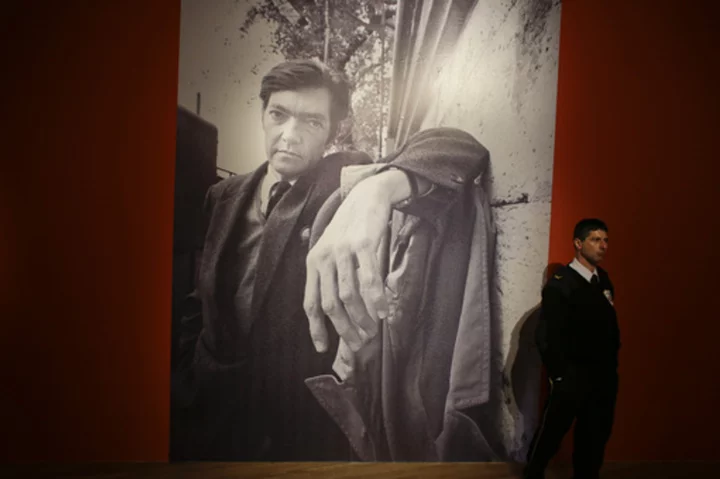Defining a dumpling is surprisingly difficult. According to Merriam-Webster, it’s “a small mass of dough cooked by boiling or steaming.” By this definition, dumplings don’t have to contain meat—or any filling, for that matter.
According to one legend, dumplings first appeared during the Han Dynasty. Roughly 1800 years ago, as the story goes, a physician named Zhang Zhongjing returned to his hometown during a cold winter. He found his fellow villagers with frostbitten ears and concocted a new dish to help them warm up. His remedy consisted of mutton, herbs, and spices—ingredients he chose for their warming and medicinal properties. The doctor wrapped them in scraps of dough and folded the morsels to resemble tiny ears.
That particular tale is impossible to confirm, but the long history of dumplings in China is undeniable. From crescent-shaped har gow to soup-filled xiao long bao, the country is famous for folding delicious fillings into doughy packages. But was the first dumpling really invented there? Was the first dumpling even stuffed? And where do other international versions of dumplings, like Italian tortellini and Polish pierogi, fit in? In this episode of Food History, host Justin Dodd unwraps (or … wraps?) regional adaptations, delicious fillings, and traditional techniques of dumplings.
More from Our Site
- •
First Location of the ‘Friends’-Inspired Central Perk Coffee Chain Is Coming to Boston
•Ireland Has a Plan to Repopulate Its Remote Islands: Pay People $92,000 to Move There
•The University of Wisconsin-Madison Is Hiring a Cheese Taste-Tester
•The Most Popular Pet Names of 2023 in Each U.S. State
Watch the full video on YouTube, and subscribe to the Mental Floss YouTube channel for new videos every week.
Related Tags
History FOOD VIDEO FOOD HISTORY NEWS Home / FOOD








